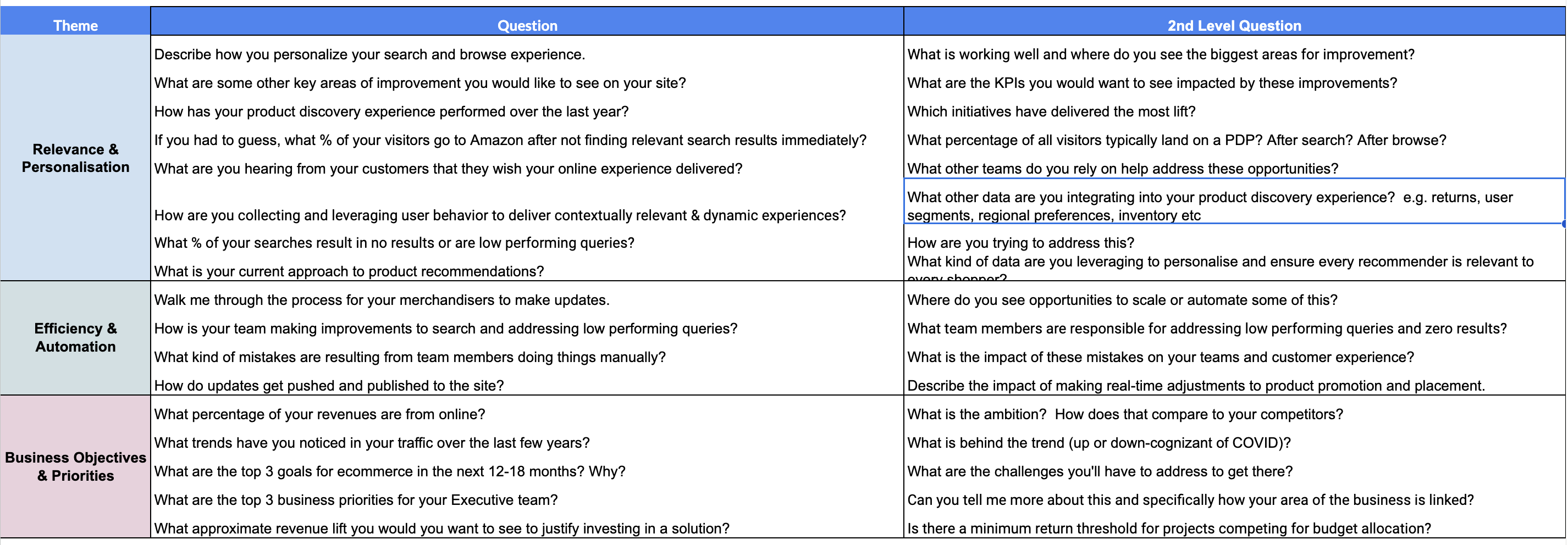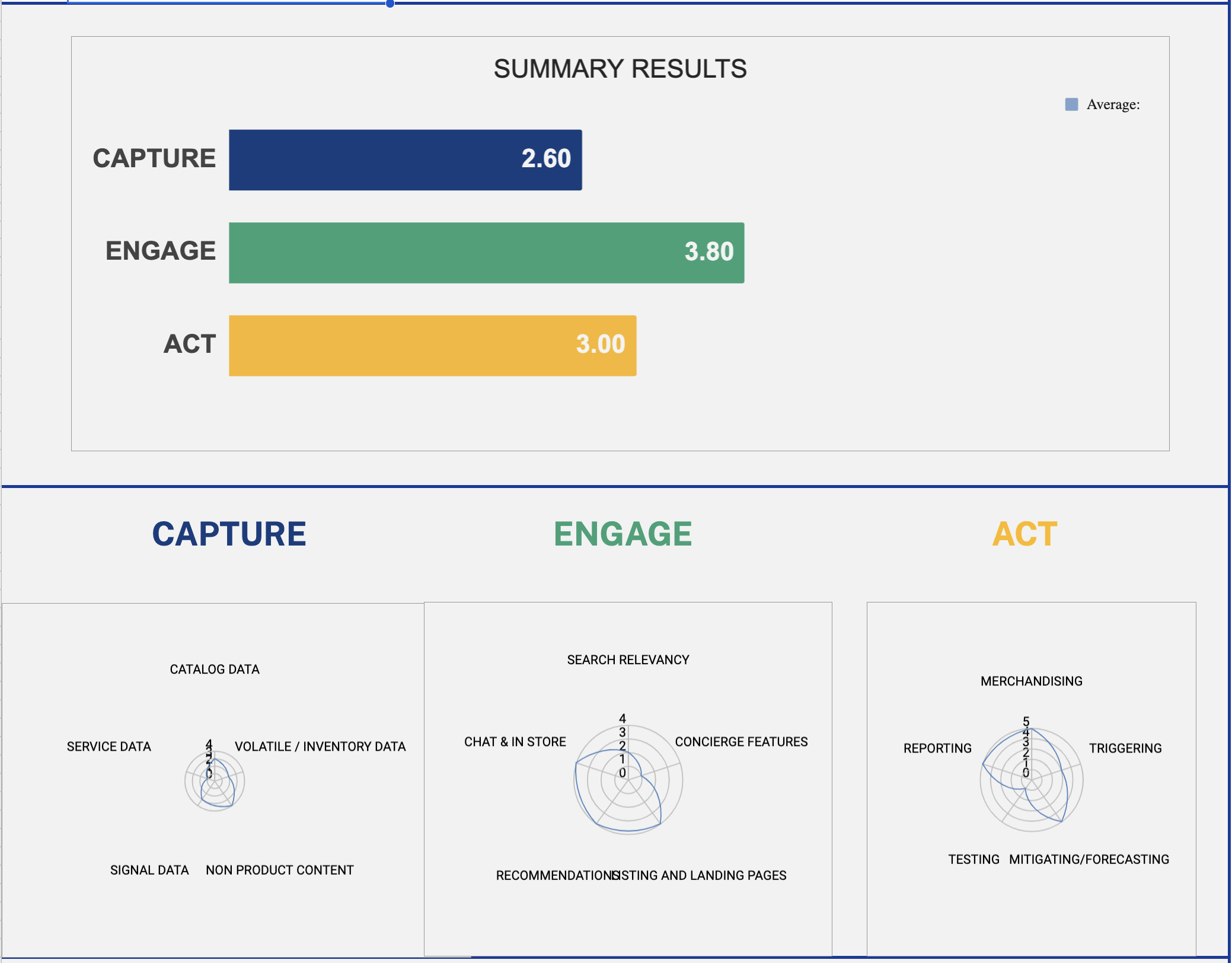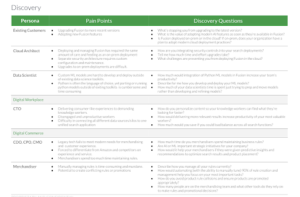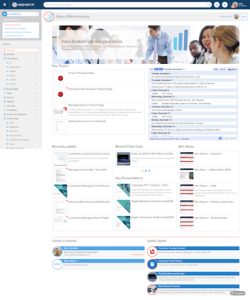An integrated sales process is a comprehensive approach to selling that aligns all of your sales and marketing efforts to achieve your business goals. It involves integrating your marketing, sales, and customer service functions to create a seamless experience for your customers and prospects from the initial contact through to the close of the sale and beyond.
Here are the key components of an integrated sales process:
- Understanding Your Ideal Customer: The first step is to identify your target market and understand their needs, challenges, and preferences. This involves conducting research, creating buyer personas, and developing a deep understanding of your ideal customer.
- Creating a Consistent Message: Once you understand your ideal customer, you need to create a consistent message that resonates with them across all of your marketing and sales channels. This includes your website, social media, email campaigns, and other marketing materials.
- Attracting Prospects: Once you have a clear message, you need to attract prospects to your business. This can involve a variety of tactics, including inbound marketing, paid advertising, and networking.
- Qualifying Prospects: Not all prospects will be a good fit for your business. You need to have a process in place to qualify prospects and ensure that you’re spending your time and resources on the right opportunities.
- Nurturing Leads: Once you have qualified leads, you need to nurture them through the sales process. This involves providing them with valuable content, addressing their concerns, and building a relationship with them.
- Closing the Sale: When the time is right, you need to close the sale. This involves presenting your product or service in a compelling way and addressing any objections that the prospect may have.
- Providing Post-Sale Support: Your relationship with the customer doesn’t end after the sale. You need to provide post-sale support to ensure that they’re satisfied with their purchase and to encourage repeat business.
By integrating all of these components into a single, cohesive sales process, you can streamline your sales efforts and improve your overall results. An integrated sales process allows you to focus on the customer and create a positive experience that builds trust and loyalty.
Challenge
In one company sellers were slow to progress deals and had trouble reaching high enough in the prospect’s hierarchy to access the economic buyer. This lead to several key issues:
- Deals dropping out early stage (inconsistent qualification and lack of clear value articulation)
- Slow and unpredictable progression to solution design phase (no “give to get” with the customer to drive the deal forward)
- Inaccurate forecasting because managers and reps were unclear on which stage opportunities should be in.
- Lost deals in negotiation because MEDDPICC criteria were incomplete and had not been addressed earlier in the cycle.
Solution
Design & Implement a detailed sales stage methodology with clear activities, RACI charts and exit criteria for each stage tied to MEDDPICC.
Create a “Give to Get” mindset with the customer and the sales team to define what we hope to get at each stage and what the customer can receive in return. This included customer maturity assessments, industry insight and more that were developed as tools for the sales reps and sales engineers to leverage with the customer.
Audit and surface exceptions in the pipeline where deals are in stages but are missing key qualification criteria (e.g. in the solution design phase, but no Economic Buyer identified and contacted) to eliminate inaccuracies in the forecast.
Once designed this process was incorporated into Salesforce with clear guidance to the reps on what data was required at each stage and the tools available for them to leverage. Exception reporting allowed managers to see where deals may not be accurately forecast.






